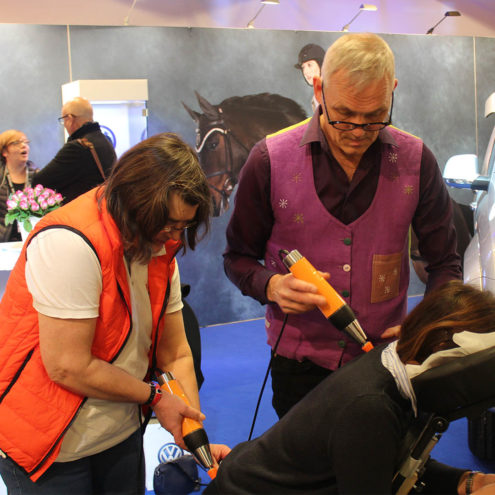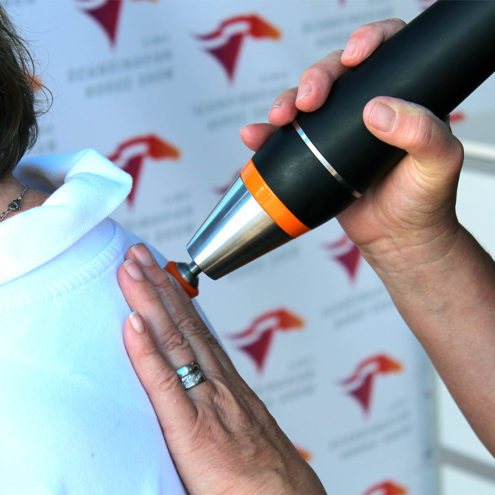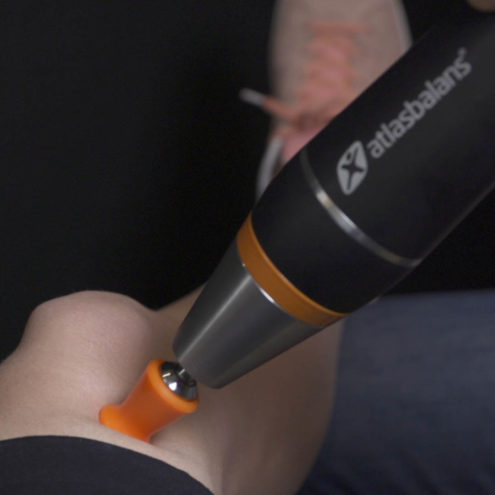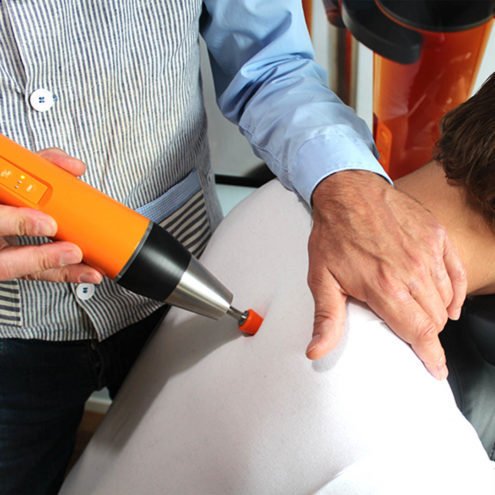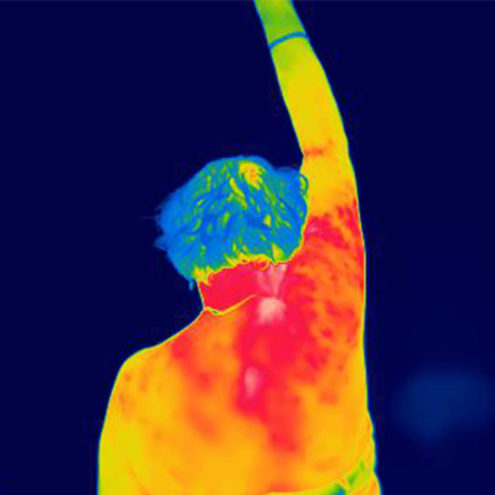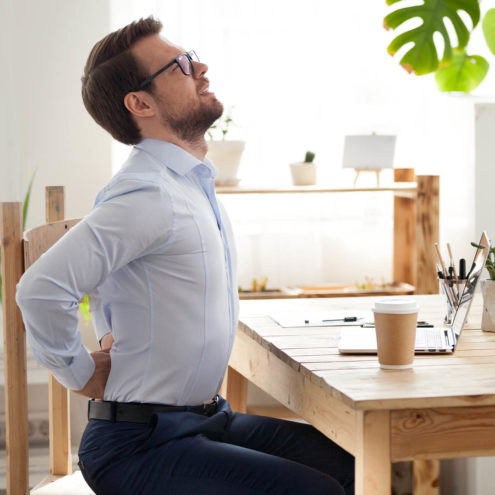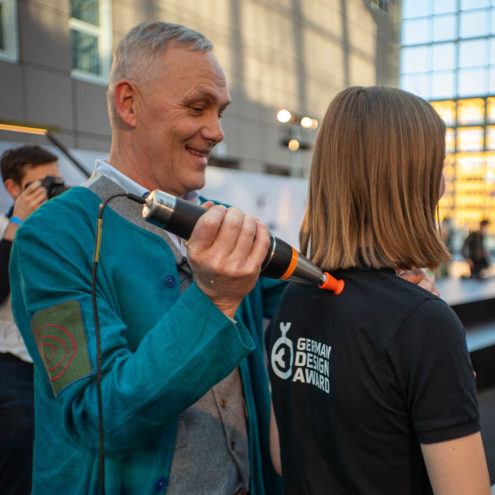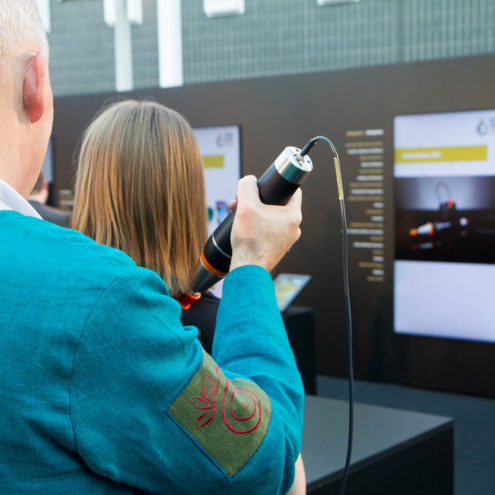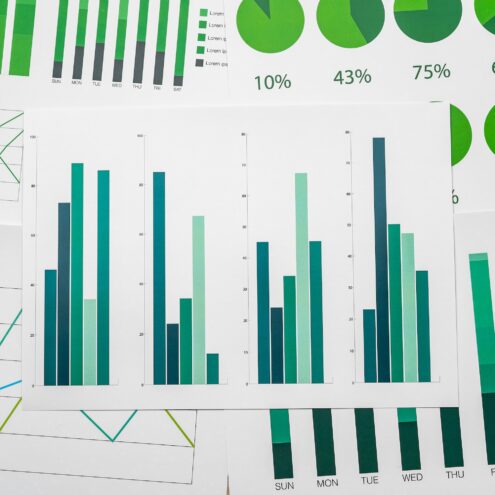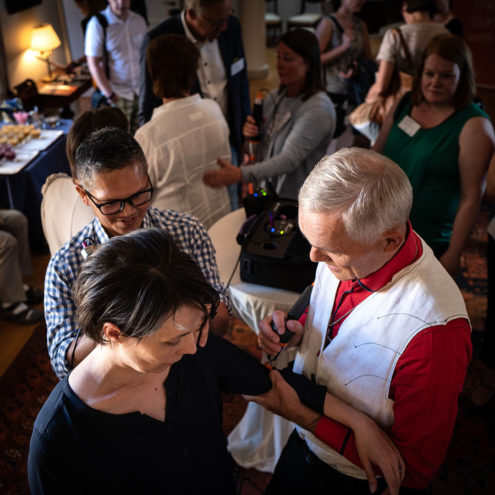Back pain in women
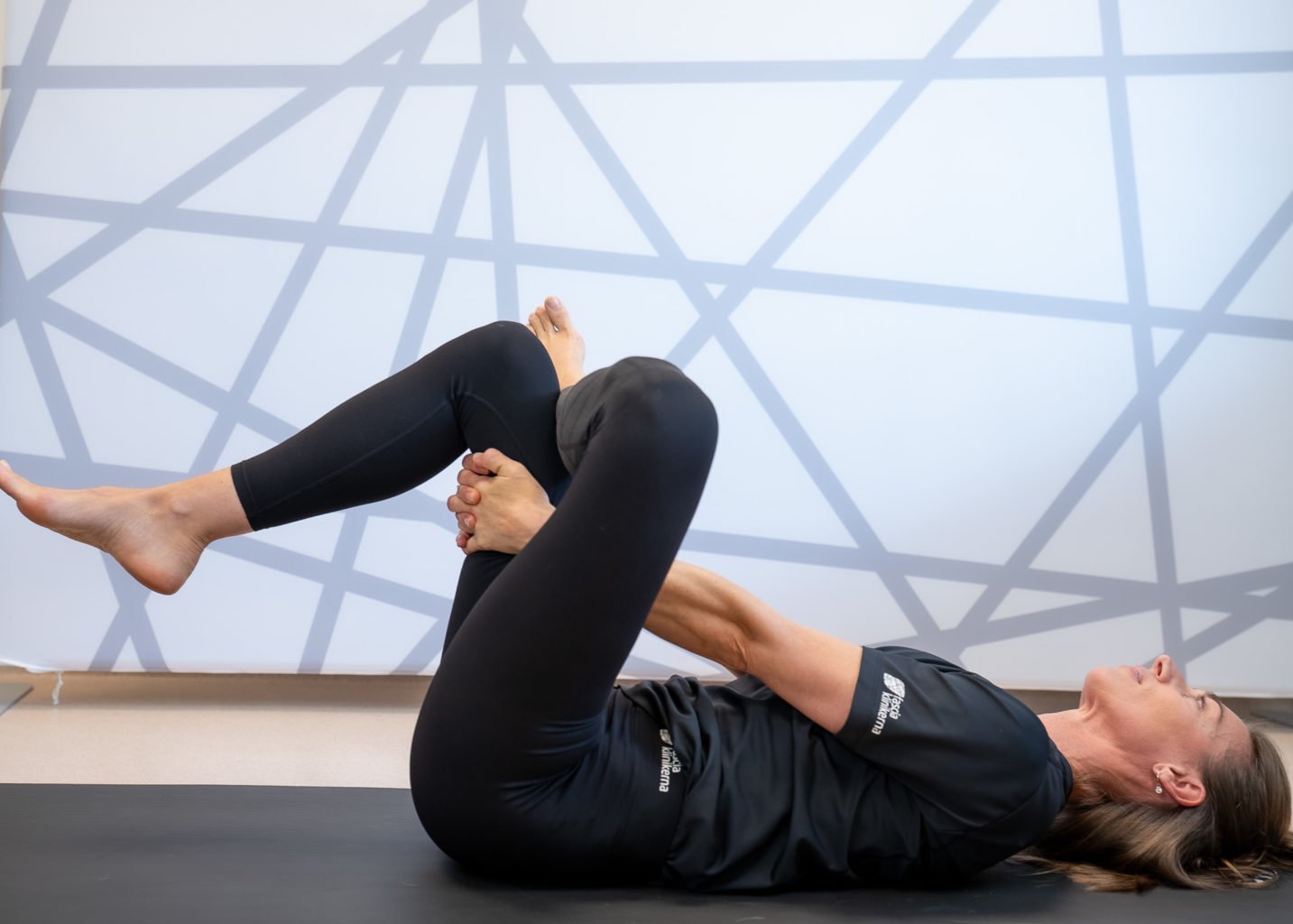
Back pain is a common health problem affecting both men and women, but there are unique aspects of back pain that are particularly relevant to women.
Back pain: Not just a man’s issue
Back pain is not limited to any one gender, but there are some differences in how women and men experience and manage it. In this section, we will review the unique aspects of back pain in women and why it is important to take gender-specific factors into account.
Women’s Unique Risk Factors for Back Pain
Women may be more prone to certain back problems due to physiological and anatomical factors. This may include differences in body composition and hormonal variations.
How women’s back injuries differ from men’s
Back injuries can affect both men and women, but they can manifest themselves in different ways. We will review how back injuries and pain can be different for women and men, and why a gender-specific approach to treatment and prevention can be crucial.
The link between the menstrual cycle and back pain
Many women experience back pain during their menstrual cycle. Back pain is common during ovulation. During menstruation, the uterus contracts in order to expel the endometrium, which can lead to back pain. The inflammatory reaction in the uterine wall that occurs during menstruation can also cause back pain.
Factors such as stress and an increased sway trigger back pain during menstruation. Myofascial trigger points in the lower rectus abdominis have also been associated with back pain during menstruation.
Solution strategies to mitigate menstruation-related back pain
Managing back pain during menstruation can be challenging, but there are strategies that can help.
Using a heating pad can relieve back pain.
Exercising with back pain during your period can be difficult, but the fact is that exercise often reduces symptoms. Exercise releases endorphins that reduce pain and improve our mood. It also increases blood circulation in the uterus, relaxing it. Try it out and see which form of exercise is right for you.
Avoid sugar and other inflammatory foods that can make symptoms worse. Eat clean and nutrient-dense.
Avoid sitting still for long periods. This causes your back to become stiff, which can make the pain worse.
Do relaxation exercises such as breathing exercises and meditation to relax tense muscles.
The weight of pregnancy: The double burden of back pain
Pregnancy is a time in a woman’s life that is often accompanied by back problems due to the increased weight and changes in body balance and posture.
Back challenges during pregnancy
The most common cause of back pain during pregnancy is unstable biomechanics. During pregnancy, the body’s center of gravity changes to be more forward. The lumbar spine takes on a deeper curve and the sacrum tips forward. This puts more strain on the lumbar vertebrae and surrounding structures. The gradual increase in weight causes a gradual increase in back strain which can lead to pain and discomfort.
The pressure of the growing uterus can also cause back pain. Hormonal changes soften the ligaments and cartilage, making the muscles more prone to strain.
A tilted uterus can also cause back pain during pregnancy.
Advice for pregnant women to minimize back problems
Pregnant women can take steps to minimize back problems during pregnancy.
It is important to do strength training, including back and gluteal muscles, to strengthen the muscles and fascia that will hold up your body with the big belly. There are special pregnancy workouts and pregnancy yoga that strengthen and soften.
Maintaining a healthy weight gain is also important to avoid putting additional strain on the body. Thinking about your posture and having the right lifting technique is also important.
Hormones and bone health: A complicated relationship
Women’s hormonal changes during menopause can affect bone health and thus back pain. Decreased estrogen levels also lead to decreased bone density. After menopause, bone density becomes more stable but also continues to decrease with age.
Osteoporosis can cause vertebrae to be compressed and the back to become more curved, which can cause aches and pains.
Tips for Preserving a Strong Back Through Hormonal Changes
Maintaining a strong back during hormonal changes can be a challenge, but it is possible. Exercise has been shown to relieve menopausal symptoms. Strength training increases bone density and increases muscle strength. Cardio exercises such as cycling and swimming also have positive effects. Remember to consult with a specialist before starting any new exercise routine.
Having a nutritious diet without sugar is important to avoid the fascia becoming inflamed and more rigid. It is also important to maintain a healthy weight.
Lifestyle factors: how heels, bags and working posture play a role
Lifestyle factors may also play a role in back pain in women. In this section, we will look at how fashion, work-related risk factors and other lifestyle factors can influence back health.
Fashion trends and its impact on women’s backs
Clothing and footwear can have a major impact on back health, especially if they are not ergonomic or supportive. Heeled shoes change the body’s natural posture pattern. The center of gravity is more forward, which increases the lumbar curve of the back, creating extra pressure on the vertebrae and shortening the hip flexors. The back of the thighs and calves also become shorter and stiffer, which can cause back pain.
Flat shoes with “zero drop” allow a more natural movement pattern without putting muscles in a prolonged short position.
If you don’t want to invest in a new pair of shoes, it may be necessary to stretch out short muscles.
Work-related risk factors and prevention tips
Women may be exposed to work-related risk factors that can affect back health. Women have less muscle strength than men, which means that women are more likely to suffer from repetitive strain injuries. More women also work shift work, which increases the risk of back problems, but also stroke and type 2 diabetes.
More women than men are employed in “contact” occupations, such as teachers, nurses and youth workers. Tight jobs often involve both high physical and mental demands without any control over the tasks.
It is important to use good body ergonomics and lifting techniques and to use tools and aids. It may also be necessary to change the structure and organization of their work. Sometimes the solution may be to change profession.
Possible solutions: From physiotherapy to yoga
There are many possible solutions for managing and preventing back pain in women. Here are some tips:
Physiotherapy may be necessary to overcome back pain.
Heat and cold can relieve back pain.
Various stretching exercises can relieve symptoms.
Breathing exercises can reduce tension in the diaphragm and hip flexors.
Improve ergonomics in your workplace.
Review your bed and sleeping position so that your back is not strained.
Yoga can make muscles and back more flexible and reduce stress.
Fascia treatment for back pain as a woman
Fascia treatment has been shown to be effective in treating back pain in women.
Fascia treatment during pregnancy
Fascia treatment can be particularly beneficial for women during pregnancy. At the FasciaClinics, our therapists have extensive training in fascia and treating pregnant women. Tense sore muscles are softened, reducing pain and discomfort in the back. The body becomes more balanced, equalizing the load on muscles and joints. Posture is improved, reducing pressure on the vertebrae of the back. The treatment is done with the clothes on and is often experienced as very relaxing.
By understanding the unique aspects of back pain in women and the different factors that can influence it, women can take control of their back health and work towards a pain-free future.
 Search
Search


